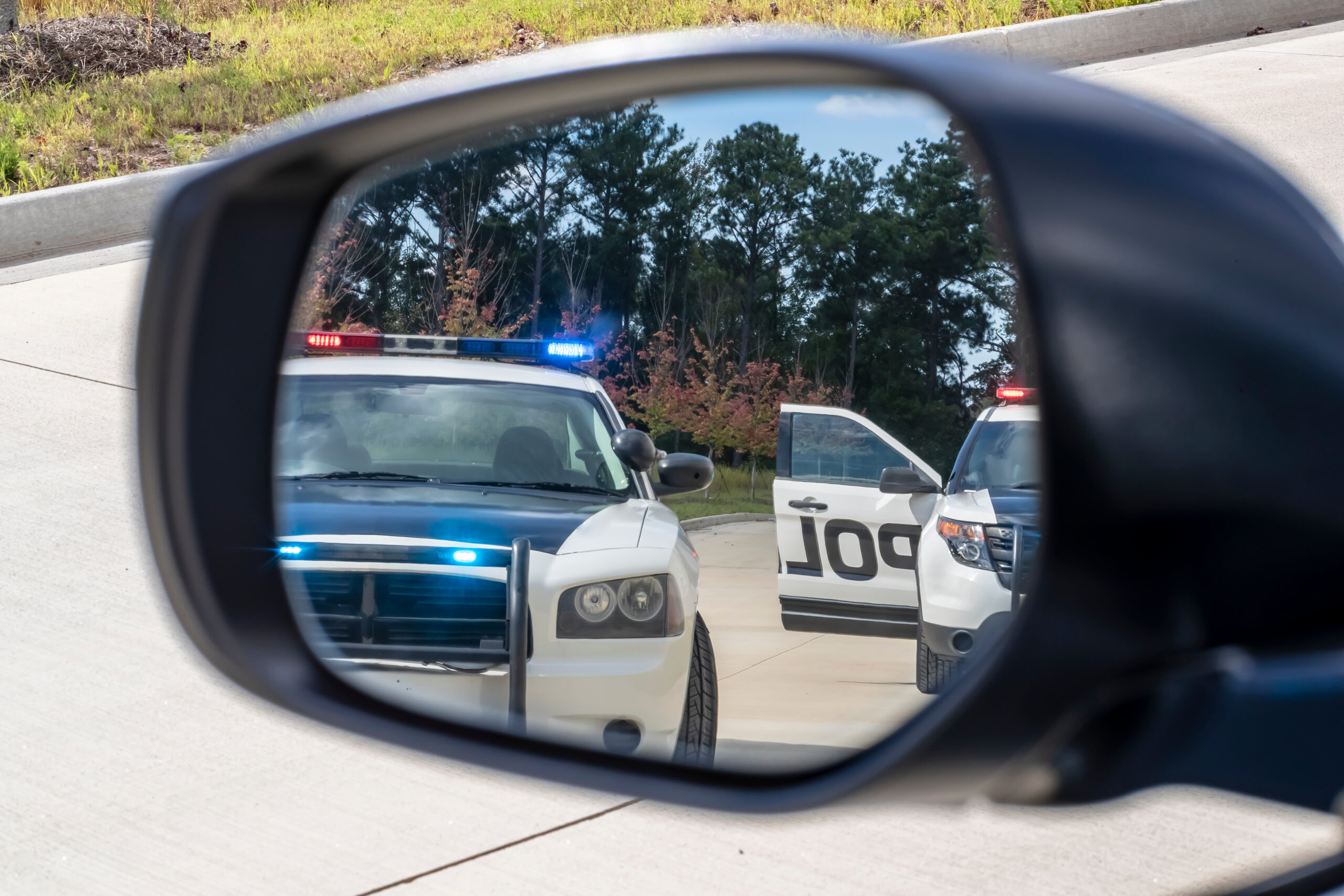In order to protect our citizens from reckless and tyrannical applications of the law, we must hold law enforcement officers accountable to high standards of training and conduct. This is true from the issuance of speeding tickets to homicide investigations. For criminal defense attorneys, the training and conduct of the officer who arrested our client is of utmost importance. We don’t trust orthopedic doctors to perform brain surgery, because this medical care requires specialized training. Similarly, there is a concern for an officer’s training when they arrest our clients for driving under the influence. Officers must have sufficient probable cause to arrest a citizen, thus an officer must follow certain procedures to establish that a driver is too intoxicated to operate a motor vehicle before making an arrest. Therefore, law enforcement training for DUI detection is critical to DUI cases.
Standardized Field Sobriety Tests (SFSTs) are utilized across the country as the primary tool for DUI/DWI detection. The National Highway Traffic Safety Administration developed SFSTs in collaboration with scientists to provide a standardized, reliable method for law enforcement to identify intoxicated drivers. Most people think up an image of a person on the roadside attempting to walk in a straight line when they hear the words “Field Sobriety Test.” This isn’t far from the truth, but there’s a lot more that goes into DUI detection.
to provide a standardized, reliable method for law enforcement to identify intoxicated drivers. Most people think up an image of a person on the roadside attempting to walk in a straight line when they hear the words “Field Sobriety Test.” This isn’t far from the truth, but there’s a lot more that goes into DUI detection.
In fact, SFSTs are only the third phase of a three-part process for determining if an individual is illegally driving under the influence of an intoxicant. The first part begins when an officer observes the vehicle in motion. The officer should look for indicators that the driver is intoxicated before pulling a car over on suspicion of DUI. Perhaps the vehicle is swerving over the double yellow line, or fails to stop at a stop sign – these are considered cues that the driver may be intoxicated. Once reasonable suspicion is established to justify pulling a vehicle over, the officer must make personal contact with the driver to determine if it’s actually intoxication causing the driver to drive in a suspicious manner. After all, plenty of people swerve because of potholes, or roll through a stop sign accidentally. An officer should observe and interview the driver face to face to decide if there is reason to ask that driver to step out of the car to perform SFSTs. Cues that build reasonable suspicion include slurred speech and the smell of alcohol on the driver’s breath. Once a driver is asked to step out of the vehicle, the officer will observe their exit for signs of intoxication, such as stumbling. This personal contact is phase two of DUI detection. Already, before SFSTs have even been administered, officers must be establishing their articulable reasonable suspicion that a driver is intoxicated.
If an officer finds reason to stop a vehicle and order the driver out of the vehicle, they will then initiate further investigation in the form of Standardized Field Sobriety Tests. SFSTs begin with the Horizontal Gaze Nystagmus test, which is considered the most reliable of the three sobriety tests when conducted properly. Alcohol consumption causes noticeable, involuntary jerking of the eyes, called nystagmus. Officers will have drivers follow a small stimulus (usually a pen) with their eyes to observe the movement of their eyes. Based on the eye’s movement and the angle at which nystagmus occurs, an officer skilled in DUI detection can determine whether or not a driver’s blood alcohol content is over the legal limit of 0.08 g/210mL. The problem is that administering the HGN test is tricky, and many officers don’t get it right. In addition, a number of other conditions can cause nystagmus. Because of this, courts have placed boundaries on the admissibility of HGN tests as evidence at trial. In Georgia, an officer can testify to HGN results as evidence that a driver was impaired by alcohol, but cannot assert a numeric value regarding the driver’s BAC based on this test. In Tennessee, HGN is inadmissible in court except in very limited circumstances.
After HGN, officers will move onto the Walk and Turn test and One Leg Stand test. These tests aim to evaluate a driver’s level of impairment by dividing their attention while demanding a certain level of physical dexterity. Officers should issue instructions for the performance of these tests in accordance with NHTSA standards and identify validated clues that indicate impairment. If an officer does not administer the Walk and Turn or One Leg Stand instructions according to NHTSA standards, the admissibility of identified clues in court can be called into question. For example, officers are supposed to instruct drivers performing the One Leg Stand to keep their arms by their side during the test, and it’s a NHTSA-validated clue if the driver raises their arms for balance during the test. But if the officer fails to issue that instruction, the driver’s attorney should challenge an officer’s testimony about the clue at trial
Officers should perform DWI Detection and Standardized Field Sobriety Testing in compliance with NHTSA standards. NHTSA provides a training manual outlining the DUI detection process, so officers can complete a training program built around this manual. The manual also provides a field note-taking sheet for officers to document their investigation, and an SFST log that officers can use to track their DUI arrests. Why does this matter, though? Well, if an officer has fulfilled the DUI detection training requirements of their agency, but still fails to administer SFSTs correctly, we must hold them accountable. Poorly administered SFSTs enable us to instill doubt about the results of the tests, which creates uncertainty that the officer made the correct decision to arrest our client. Because our justice system demands proof beyond reasonable doubt for convictions, instilling reasonable doubt helps us to get charges reduced or dismissed.
At Best & Brock, our attorneys are thoroughly familiar with SFST administration and DUI detection. By staying up to date on the training that officers undergo, we come to the courtroom prepared to hold police officers accountable for their conduct with our clients. There’s a reason Chattanooga voted us the Best of the Best!
Reach out at (423) 829-1043 or contact us online to schedule a free consultation today.
